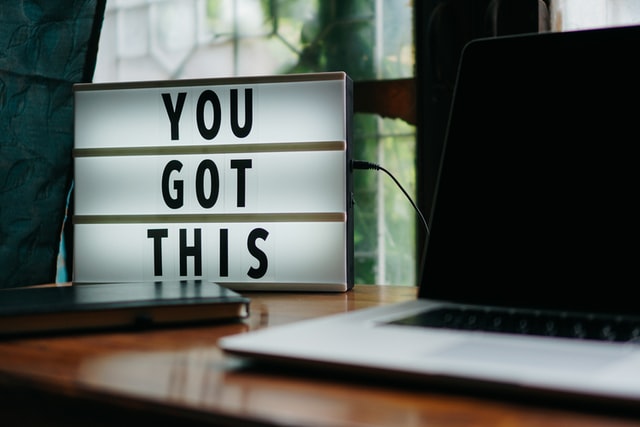Incorporating fruits and vegetables into your diet is a great way to satisfy your hunger while also reaping the benefit of fiber and other nutrients. These colorful foods offer a variety of health benefits and taste delicious as well. Here are a few key foods to add to your next grocery store trip:
Berries
Summer berries such as strawberries, blueberries and raspberries are filled with soluble fiber and heart-healthy phytonutrients. Berries can be eaten by themselves, blended in a smoothie, or paired with yogurt.
Spinach
Dark greens are a great addition to any diet. Spinach contains iron, magnesium and calcium, and has been known to improve bone health, reduce blood sugar, boost immunity, and much more. Spinach is often considered a “superfood”.
Oranges
Not only do oranges have a tangy, refreshing taste, but they also have many health benefits. Oranges are filled with fiber, have anti-inflammatory properties, boost immunity, and help the body produce collagen.
Bell Peppers
Studies show that bell peppers can improve eye health, prevent anemia, and prevent certain cancers and heart disease. They can be eaten raw as a snack with some hummus or roasted in the oven.
Bananas
Not only are bananas sweet and delicious, they are also packed with potassium, vitamin B6, magnesium, vitamin C, and more. They help moderate blood sugar levels, improve digestive health, and are filling. Bananas can be added in a smoothie, used as a substitute for sugar when baking, or taken on the go as a snack.
Broccoli
Broccoli is a great source of vitamin C, A, and K. Broccoli has been found to promote healthy bones and joints, support a healthy immune system, and promote healthy digestion.
While these are just a few of the many fruits and vegetables you can add to your diet, these options will provide you with necessary vitamins and minerals for an overall healthy and balanced diet.
Dr. Barbara Edwards, a Princeton MD is the Academic Director for the Ambulatory Residency Program at Penn Medicine Princeton Health, providing quality care to uninsured and under-insured New Jersey residents in Mercer and Middlesex counties.






